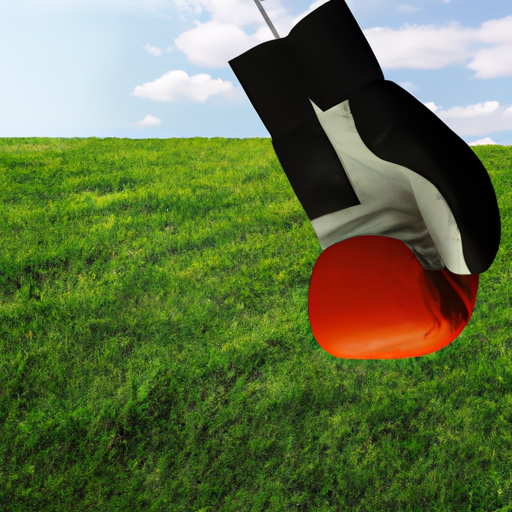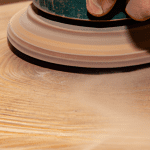Introduction
Maintaining a lush and healthy lawn requires regular care and attention. One essential task in lawn care is aerating or “punching” the lawn. Aeration helps to alleviate soil compaction, improve water and nutrient absorption, and promote healthy root growth. But when is the best time to punch your lawn? In this article, we will provide expert advice and tips on when you should punch your lawn for optimal results.
The Importance of Lawn Aeration
Aeration is a process that involves creating small holes in the soil to allow air, water, and nutrients to penetrate deep into the root zone. Over time, soil can become compacted due to foot traffic, heavy machinery, or even natural settling. Compacted soil restricts the movement of air, water, and nutrients, leading to poor grass growth and overall lawn health.
When to Punch Your Lawn
The timing of lawn aeration plays a crucial role in its effectiveness. Here are some key factors to consider when deciding when to punch your lawn:
1. Spring or Fall: The best time to aerate your lawn is during the growing seasons of spring or fall. These seasons provide optimal conditions for grass to recover quickly after aeration.
2. Soil Moisture: Aerate your lawn when the soil is slightly moist but not overly wet. Dry soil can be difficult to penetrate, while overly wet soil may lead to further compaction.
3. Grass Growth: Aim to aerate your lawn when the grass is actively growing. This ensures that the grass can quickly fill in the holes created during aeration.
4. Weather Conditions: Avoid aerating your lawn during periods of extreme heat or drought. Aeration can stress the grass, and unfavorable weather conditions can hinder its recovery.
How to Punch Your Lawn
Now that you know when to aerate your lawn, let’s discuss the proper technique for punching your lawn:
1. Equipment: Use a core aerator, which removes small plugs of soil from the ground. This is more effective than spike aerators, which simply poke holes in the soil.
2. Preparation: Before aerating, mow your lawn to a shorter height than usual. This allows the aerator to penetrate the soil more effectively.
3. Aeration Pattern: Start by aerating in one direction, such as north to south, and then repeat the process perpendicular to the initial direction. This ensures thorough coverage and prevents missed spots.
4. Hole Spacing: Space the holes approximately 2-3 inches apart to provide sufficient aeration without causing excessive damage to the grass.
5. Post-Aeration Care: After aerating, leave the soil plugs on the lawn. They will break down naturally and help to improve the soil structure. Water your lawn thoroughly to aid in the recovery process.
Conclusion
Aerating your lawn is a vital part of maintaining a healthy and vibrant turf. By understanding when to punch your lawn and following the proper technique, you can ensure optimal results. Remember to aerate during the appropriate seasons, when the soil is slightly moist, and the grass is actively growing. With regular aeration, your lawn will thrive, and you’ll enjoy a beautiful and resilient outdoor space.




